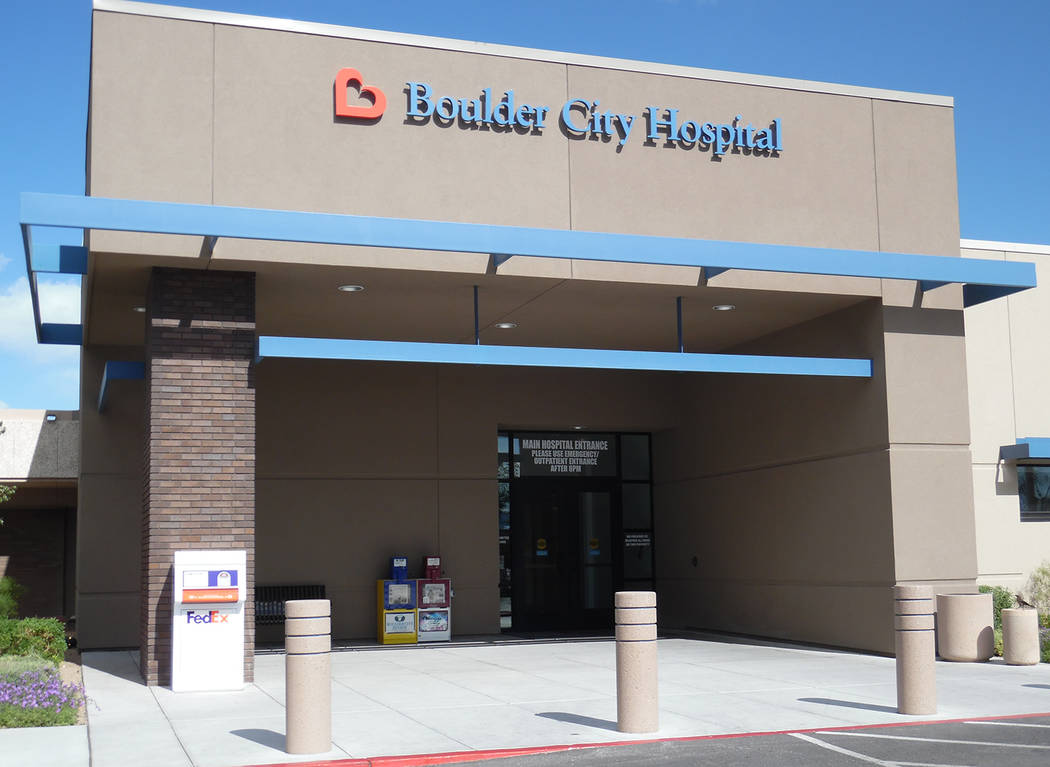Regular screenings can detect cervical cancer
January is cervical health awareness month, offering an opportunity to raise awareness about how women can protect themselves from HPV (human papillomavirus) and cervical cancer. HPV is a very common infection that spreads through sexual activity, and it causes almost all cases of cervical cancer.
Cervical cancer starts in the cervix, the lower, narrow part of the uterus (womb). It happens when the body’s cervical cells divide very fast and grow out of control. These extra cells form a tumor.
Cervical cancer is the easiest gynecological cancer to prevent with regular screening tests and vaccination. It is also very curable when found and treated early. Each year, about 12,000 women in the United States get cervical cancer. Cervical cancer happens most often in women 30 or older, but all women are at risk.
Most cases of cervical cancer are caused by a high-risk type of HPV. HPV is a virus that is passed from person to person through genital contact, such as vaginal, anal or oral sex. If the HPV infection does not go away on its own, it may cause cervical cancer over time.
Other things may increase the risk of developing cancer following a high-risk HPV infection, including smoking, having HIV or reduced immunity, taking birth control pills for a long time (more than five years) and having given birth to three or more children.
You may not notice any signs or symptoms of cervical cancer. Signs of advanced cervical cancer may include bleeding or discharge from the vagina. These symptoms may not be caused by cervical cancer, but the only way to be sure is to see your doctor. Women should start getting screened at age 21.
You can get a Pap test to look for changes in cervical cells that could become cancerous if not treated. If the Pap test finds major changes in the cells of the cervix, your doctor may suggest more tests to look for cancer. Women between the ages of 30 and 65 can also get an HPV test with your Pap test to see if you have HPV.
The Pap test and the HPV test look for different things. A Pap test checks the cervix for abnormal cell changes. Your doctor takes cells from your cervix to examine under a microscope. How often you need a Pap test depends on your age and health history. Talk with your doctor about what is best for you.
An HPV test looks for HPV on a woman’s cervix. Certain types of HPV can lead to cervical cancer. Your doctor will swab the cervix for cells.
An HPV test is not the same as the HPV vaccine. According to the U.S. Preventive Services Task Force, women ages 30 to 65 can combine the HPV test with a Pap test every five years. The task force does not recommend the HPV test for women under age 30.
You can lower your risk of getting cervical cancer by taking several steps, which work best when used together. No single step can protect you from cervical cancer. The best ways to prevent cervical cancer include:
■ Get an HPV vaccine (if you are 26 or younger). HPV vaccines are approved for girls and young women from 9 through 26. Experts recommend that all girls get an HPV vaccine before any sexual activity, by the time they are 11 or 12. HPV vaccines are licensed, safe and effective.
■ Get regular Pap tests. Regular Pap tests help your doctor find and treat any changing cells before they turn into cancer. Women who have had the HPV vaccine still need to have regular Pap tests.
■ Be monogamous. Being monogamous means that you only have sex with one partner and no one else. The best way to prevent any sexually transmitted infection, including HPV, is to not have vaginal, oral or anal sex.
■ Use condoms. Research shows that condoms can lower your risk of getting cervical cancer when used correctly and every time you have vaginal, anal or oral sex.
To Your Health is provided by the staff of Boulder City Hospital. For more information, call 702-293-4111, ext. 576, or visit bouldercityhospital.org.
















